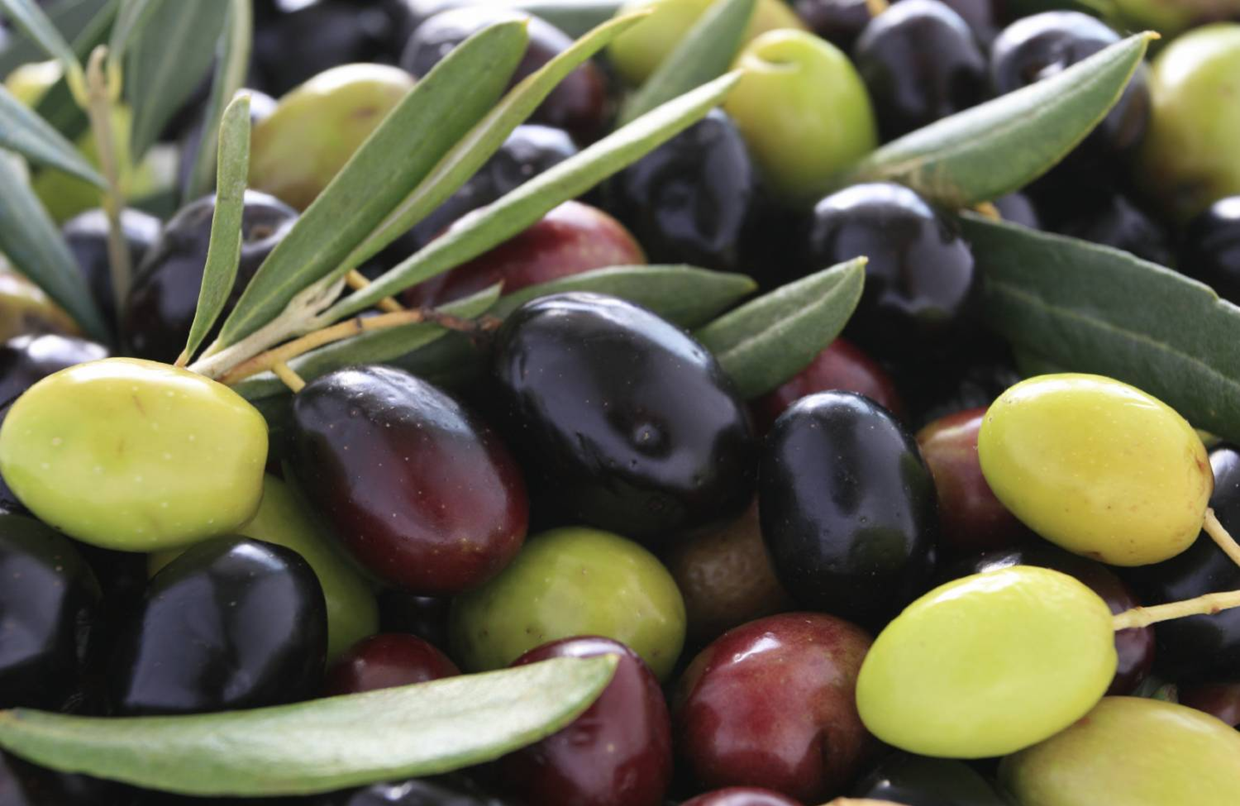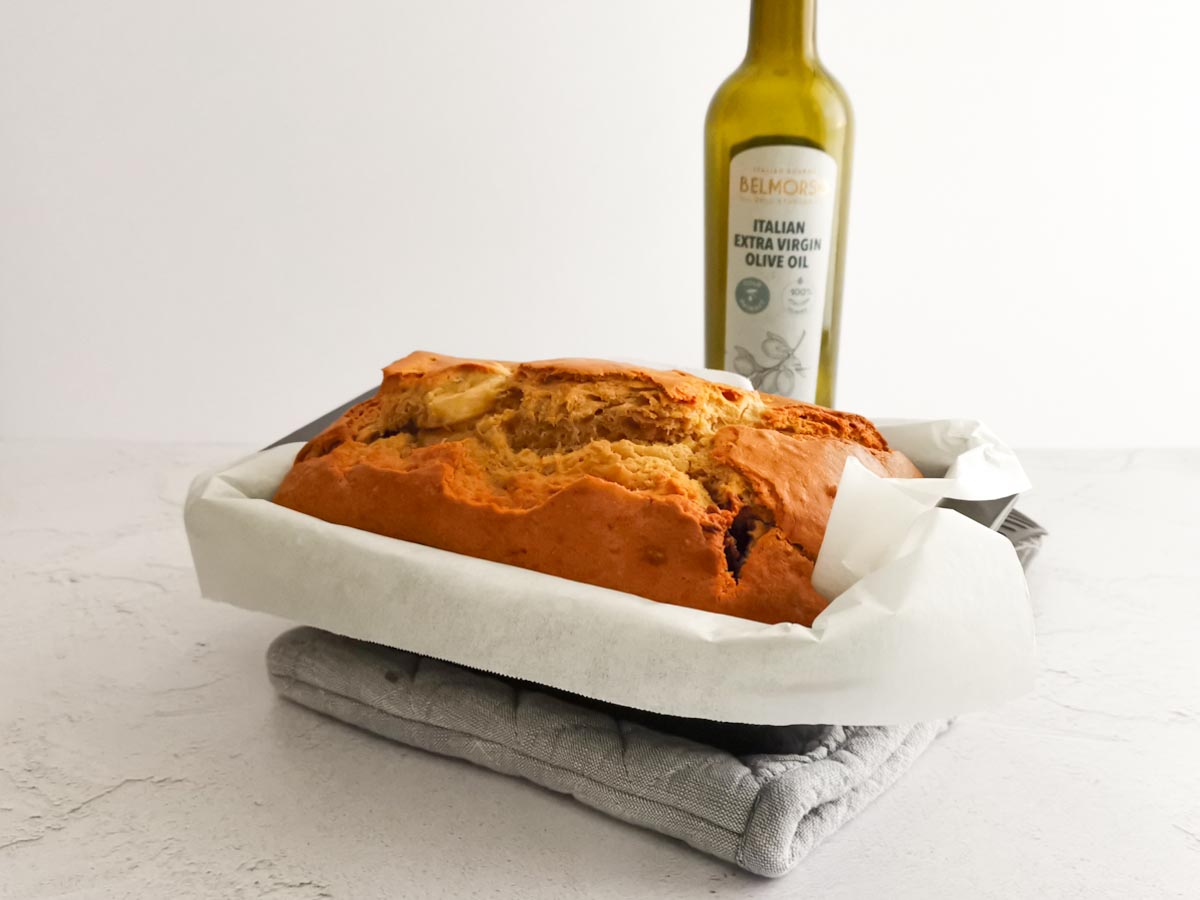
The Dinette Teller – 41. I Olive You! A Guide to Olives – Part 1
Even if sometimes olive oils received more attention than food delights. Olives are one of the world’s most widely enjoyed foods!
Technically classified as fruits of the “Olea europea” tree, we commonly think about olives not as fruit but as a vegetable. Olive trees can live for several hundred years. The carbon-dated world record for an olive tree stands at 2,000 years!

In most Mediterranean areas, olives are harvested in autumn and winter but in Italy, the harvest can begin as early as the end of September. In some places in Italy, olives are harvested by hand because the terrain is too mountainous for machines. As a result, the fruit is not bruised, which leads to a superior finished product.
Health Benefits
It is commonly recognized as a high-fat food because about 80-85% of the calories in olives come from fat. Nevertheless, almost three-quarters the type of fat is oleic acid, a monounsaturated fatty acid exclusive from olives.
In other words, olives are full of antioxidant and anti-inflammatory properties. The most important antioxidant is oleuropein (Exclusive from olives). Olives can reduce the risk of cardiovascular disease and decrease the blood pressure thanks to the oleic acid.

Furthermore, this wonderful ingredient is a good source of copper, iron, selenium, zinc, dietary fibre and vitamin E.
In addition, can help to protect the cardiovascular system, respiratory system, nervous system, musculoskeletal system, immune system, inflammatory system, and digestive system, thanks to phytonutrient content.
Types
Some of the most common Italian Mediterranean olives are:
Cipresino, Coratina, Frantoio, Grappoio, Leccino, Taggiasca.
The colour of an olive is actually determined by its degree of ripeness. Green olives are unripe and black olives are fully ripe. There are also colours in between, including yellow-green, green-grey, rose, red-brown, dark red and purplish-black.

They can be characterized also by several different textures, including shiny, wilted, or cracked. The size of olives may range from fairly small to fairly large or jumbo. In general, regardless of the variety you choose, select olives that still display a reasonable about of firmness and are not overly soft or mushy.
How to Cure Olives
The taste of olives can be too bitter if you eat right off the tree. For that reason, there is a variety of methods to treat them. The type of treatment will depend on the variety, the region where they are cultivated and the desired taste, texture and colour.

There are 2 main technics:
Water-curing involves submersion of the olives in water for a period of several weeks or longer.
Brine-curing involves the submersion of olives in a concentrated salt solution for many months, whereas lye-curing involves the submersion of olives in strong alkali solutions. A good example is the Pitted Black Olives in Brine, a flavoursome taste with a delicate crisp flesh.
How to Select & Store Olives
When selecting olives, beware of the label description, “hand-picked” to avoid buying those which have been mechanically harvested with a hand-held pneumatic rake.
They have been traditionally sold in jars and cans, pitted, or stuffed with either peppers, garlic or almonds. The best way to store them is to keep them immersed in brine in the coolest place possible away from direct sunlight.

Choose amongst a wide variety!
In our shop, you can find a lot of products, based on this special delicacy:
- Oven-dried black Olives Following a traditional recipe these olives are dried in the oven providing a smooth and toasted and fleshy taste.

-
- Pitted Black Olives in Brine The ultimate aperitivo olive. Round with a rosy hue, full of flavour with a delicate, crisp flesh.
- Pitted Leccina The “Leccina” variety as a delicate flavour and they are produced respecting the authenticity of a handmade product..
- Bella de Cerignola Medium Size encloses in itself all the taste and the aroma of natural and organic products.

- Giant Green Olives They’re gorgeous on their own or as part of an antipasti platter with Italian cheeses, vegetables and meats…
- Nocellara Termite Green in Brine its rounded shape and intense green colour. Treat yourself eating these delicious olives whilst sipping an aperitif.
As you already know Taste with Gusto has a wide range of delicious olives from Italy.
Additionally, one of our most luxurious product is a soft spread made with the finest black or green olives: Black Olives Tapenade and Green Olives Tapenade

How to use:
Heat sauce slowly in a saucepan, mix with pasta and serve. Great as a sauce for Fettuccia or Bucatini pasta. Also great as a sauce for meat or fish dishes; great as a spread on tarallini, bruschetta or crostini. Try our spreads also as a salad dressing!



